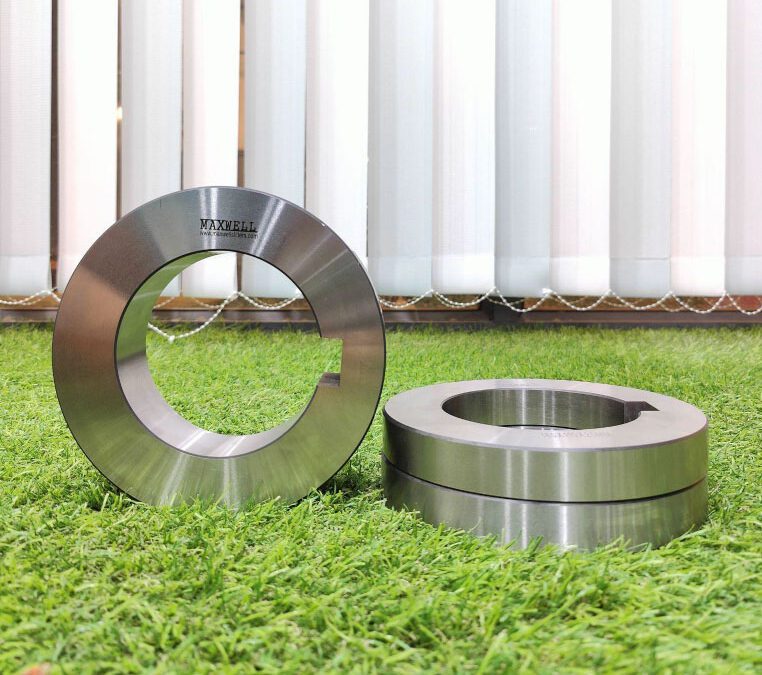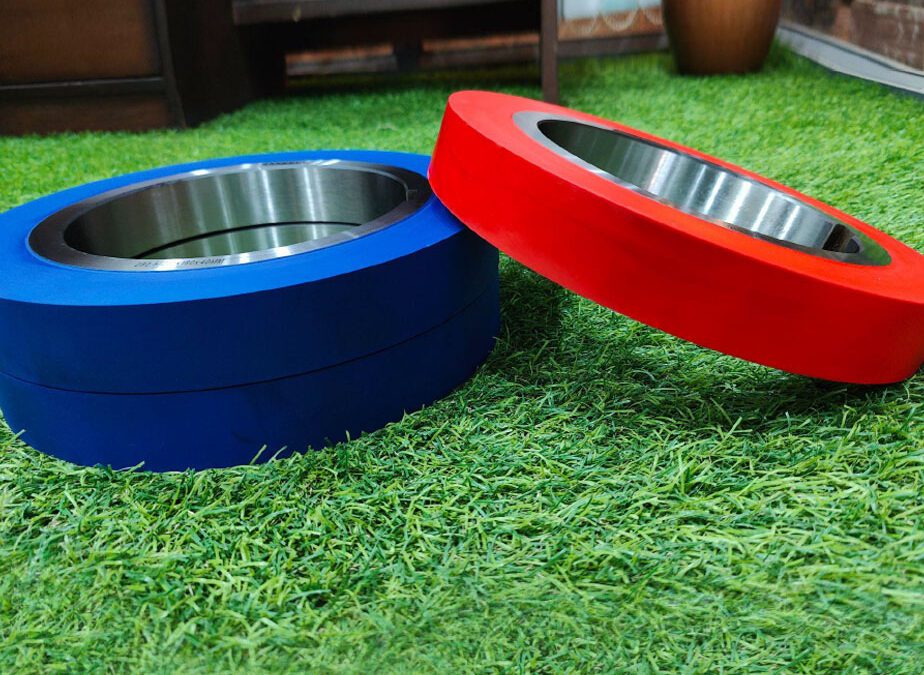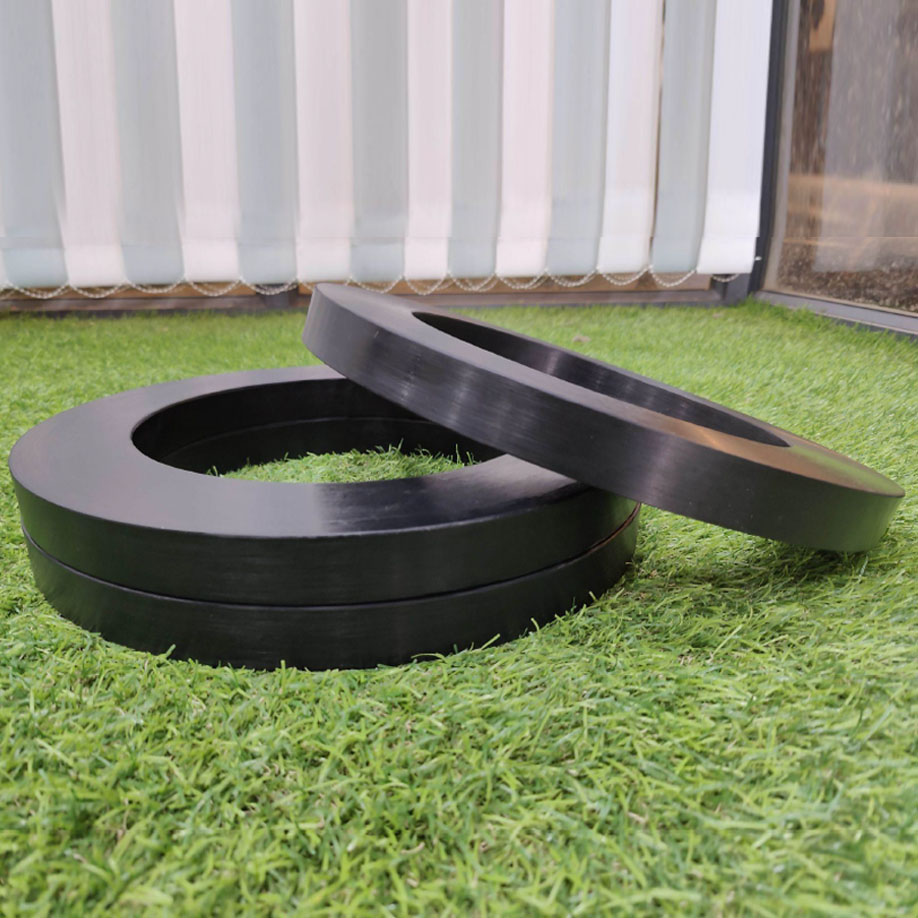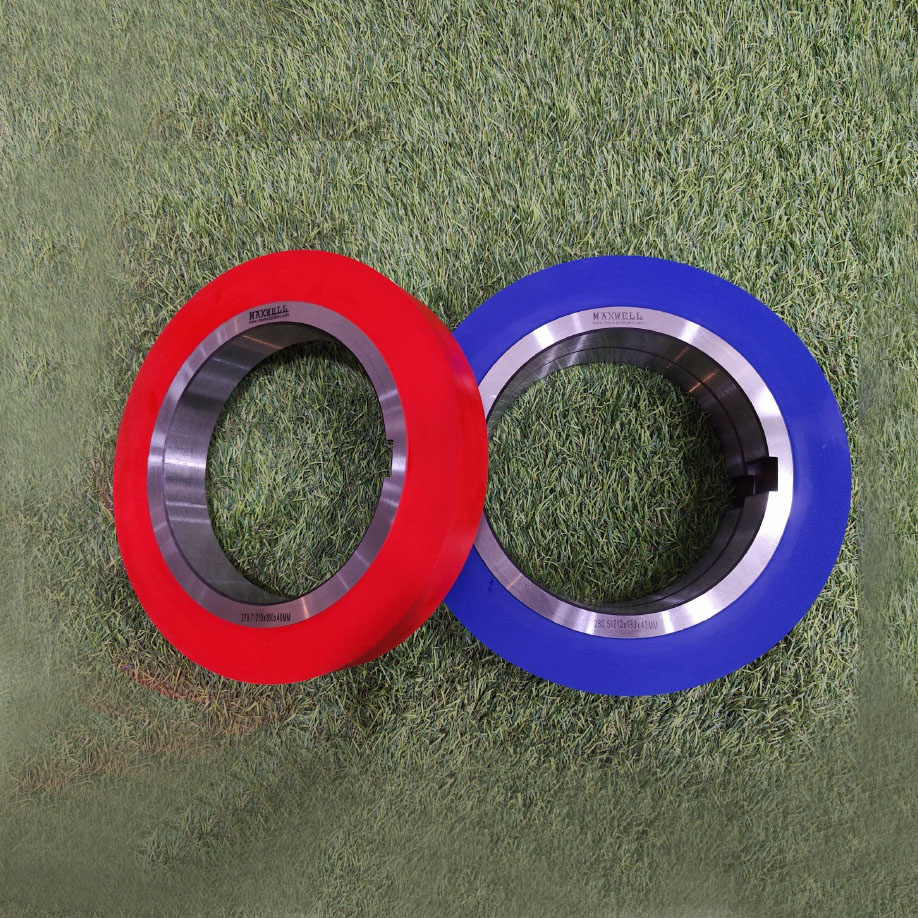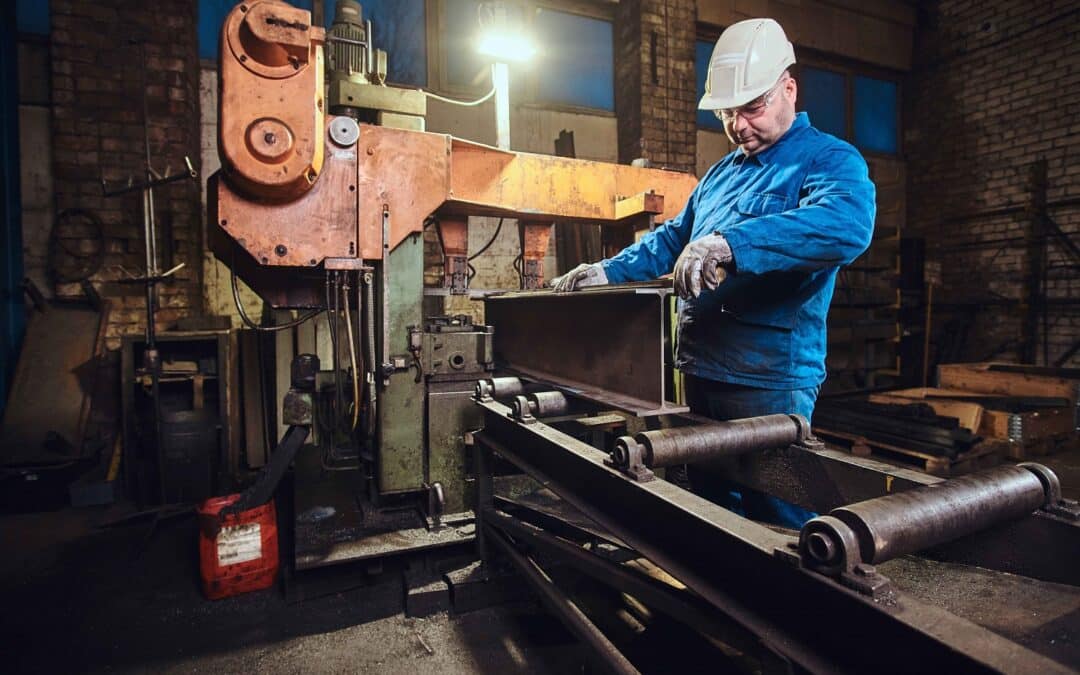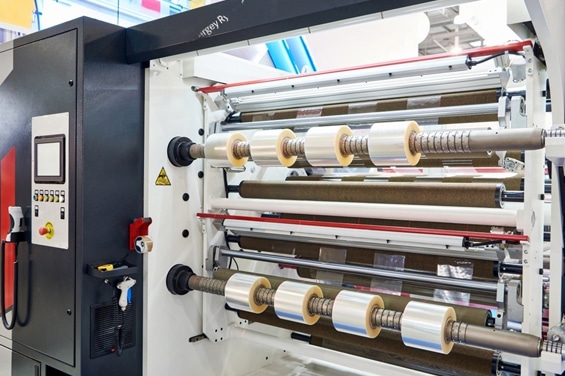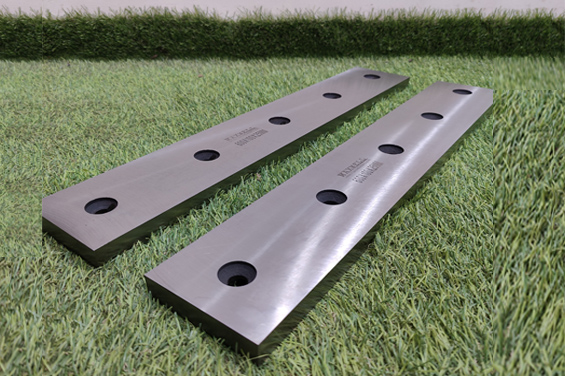Introduction
In today’s fast-paced manufacturing industry, efficiency is the key to staying competitive and meeting customer demands. Slitter rewinder machines play a crucial role in various industries, such as packaging, printing, and converting, by transforming large rolls of materials into smaller, more manageable ones. In this blog, we’ll explore the world of slitter rewinder machines, their functions, benefits, and how they contribute to improving productivity.
Chapter 1: Understanding Slitter Rewinder Machines
Slitter rewinder machines are versatile industrial equipment designed to cut large rolls of material into smaller, narrower rolls. The key advantage of these machines is their ability to handle a wide range of materials, including paper, film, foil, textiles, and non-woven fabrics. Slitter rewinders are equipped with various features and mechanisms to achieve precise slitting and rewinding, making them invaluable in several industries.
Chapter 2: The Benefits of Slitter Rewinder Machines
Slitter rewinder machines offer numerous advantages to manufacturing companies, including:
Increased Efficiency: These machines can significantly increase production speed and accuracy, reducing waste and downtime. Customizable Slitting Solutions: Slitter rewinders are highly adaptable and can be customized to meet specific requirements, ensuring versatility in various industries.
Quality Control: Precise slitting and rewinding ensure uniform product quality, reducing defects and customer complaints.
Chapter 3: Key Features of Slitter Rewinder Technology
To fully understand the benefits of slitter rewinder machines, it’s essential to explore the technology behind them. Some critical features include:
Unwinding and Rewinding Mechanisms: These ensure a smooth material flow, minimizing tension-related issues.
Slitting Units: Blades and knives designed for precision cutting.
Control Systems: Advanced controls for precision and automation.
Chapter 4: Maintenance and Care of Slitter Rewinder Machines
To keep your slitter rewinder machine running smoothly, regular maintenance is crucial. Maintenance tasks include:
Cleaning and lubrication of moving parts
Regular blade sharpening and replacement
Inspection and adjustment of tension control
Calibration of the control system
Conclusion:
Slitter rewinder machines are a critical asset for industries relying on material conversion. With their ability to maximize efficiency, customize solutions, and ensure product quality, these machines are indispensable in the manufacturing world. By understanding the technology, benefits, and maintenance needs of slitter rewinders, businesses can make the most of their investment, stay competitive, and meet customer demands.
